"Health monitoring no longer based on feeling, but on facts"
Who?
Alex Borst
Herd manager
Where?
Feerwerd, The Netherlands
About the farm
- 400 dairy and calving cows
- 350 youngstock
- 4 production groups
- 11.300 kg of milk per cow
- 250 hectares of land
- 5 full-time employees
Nedap solutions
Results
Technology by Nedap
Implementing Nedap CowControl technology
Good heat detection is of crucial importance at the Koepon dairy farm in Feerwerd, Groningen. Alta Cow Watch, based on Nedap technology, was first implemented there in November 2016. This system combines accurate heat detection with health monitoring. This provides valuable information about eating, ruminating, inactive and other active behavior. It ensures that cows that have recently calved will now be far better monitored. “It’s no longer based on “feeling”, but rather on factual information. This provides certainty”, say the Operations manager and Herd manager.
We spoke to Herd manager Alex Borst (41) and Operations manager Marcel Rijkers (35), two experts who, by their own admission, together have quite a bit of experience with cows. Marcel: “If you then look at everything the system is able to do…” And Alex adds: “We used to do health monitoring based on feelings and assumptions.” Marcel: “If a given cow provides between 20 and 22 liters per milking, everything seems to be going well. But then you look at the system and see that she only spends about two hours a day eating. This means that she will be losing weight, resulting in a negative energy balance. Now we know this and can make adjustments accordingly.”

Koepon dairy farm
Heat detection and health monitoring
Heat detection has been used for many years at the Koepon dairy farm. The 400 dairy and calving cows are almost all used as recipients for embryos. This is why good heat detection is essential, as the very valuable embryos need to be implanted exactly seven days later. For years, a different heat detection system was used with satisfactory results. Before switching over to investing in Alta Cow Watch with health monitoring, the two managers wanted to know whether the new system would detect a cow in heat at least as accurately and reliably. This is why both systems were used side by side for a month. The conclusion: both the cows in heat and the correct insemination moment are exactly indicated. “But the main value lies in health monitoring”, they both add. The first thing a cow does when it falls ill is to eat less.

Health monitoring
Monitoring the transition list adds a lot of value
According to the Herd manager and the Operations manager, the health monitoring system adds most value by monitoring the transition list. This easily allows them to track the cows that have calved during the past week. “Any cow that doesn’t feed sufficiently will show up as an attention in the system. A cow is only allowed to return from the straw box to the herd when she eats and ruminates sufficiently.” This limits the number of cows with a negative energy balance, which indicates health problems. There are usually no problems with heifers and second-calf cows. It is the older cows that need a little more attention in their experience. Alex: “Sometimes you don’t notice anything about a cow. If she is not fit, however, and has an ongoing negative energy balance, then sending her back to the herd can result in permanent damage.” In the past, the decision was based on feelings and assumptions. “You were actually simply guessing. Thanks to health monitoring, we are now able to monitor them far more accurately and make individual adjustments: cows that really need it will get propylene glycol, while the others will not.”
By combining the data about eating and ruminating, you know exactly what the situation is and can ensure optimal milk production per cow. Alex can also see this in the milk production per cow: “We used to have the group in lactation for up to 60 days, with average milk production always 2 to 3 points lower than for the group from 60 to 120 days. Now the first group is doing just as well as the second group. They start off well and are given something extra when they need it.” Marcel Rijkers states: “By being able to monitor our heifers better and basing our planning accordingly, we are managing to produce 2 liters of milk per cow per day more during the first 60 days in lactation, which means that both the groups, from 0-60 and from 60-120 days, are managing average milk production of between 42 and 43 kg of milk per day.”
Operational data
- 3 daily milkings
- 11,300 kg of milk per cow
- 4 percent fat
- 3.4 percent protein
Earlier intervention and more targeted treatment
The cows are milked three times a day. Despite that, the system regularly detects that a cow is unwell before the milkers notice it, Marcel explains. “For example, a cow may be milked at 1 PM and will develop a coli infection an hour or two later. This is painful and the cow will not eat. We will then get a message from the system by 8 PM, whereas the cow would otherwise have only come out of the milking parlor at 10 PM.” This allows you to intervene sooner and provide the cows with more targeted treatment. This saves on antibiotics and money, according to the Operations manager. The system allows Marcel and Alex to keep an eye on sick cows at an early stage. Marcel Rijkers: “12 hours before an illness becomes apparent, we usually know whether the cow has fallen ill, as she will eat and ruminate less. This allows you to take action sooner and prevent milk production from dropping.”
Valuable management information
Access to this information is not only useful for heifers. At the Koepon dairy farm, the system has also produced very interesting management information on older dairy cows and dry cows. The influence of the eating time, the provision of the feed, the type of rations or the lighting in the barn – everything has been recorded, along with the ruminating behavior.
Thus the Koepon dairy farm has concluded that health monitoring with Alta Cow Watch offers them significant added value. “It is difficult to express in financial terms, but I think that, as a capital-intensive company, we have managed to recoup our investment in health monitoring alone even faster than a conventional dairy farm”, Marcel estimates. “We were able to recoup the costs within two or three years.” The most important aspect, according to Marcel and Alex, is the following: “Health monitoring lifts the overall health of the animal to a higher level, thus improving production results. This makes the system unique.”
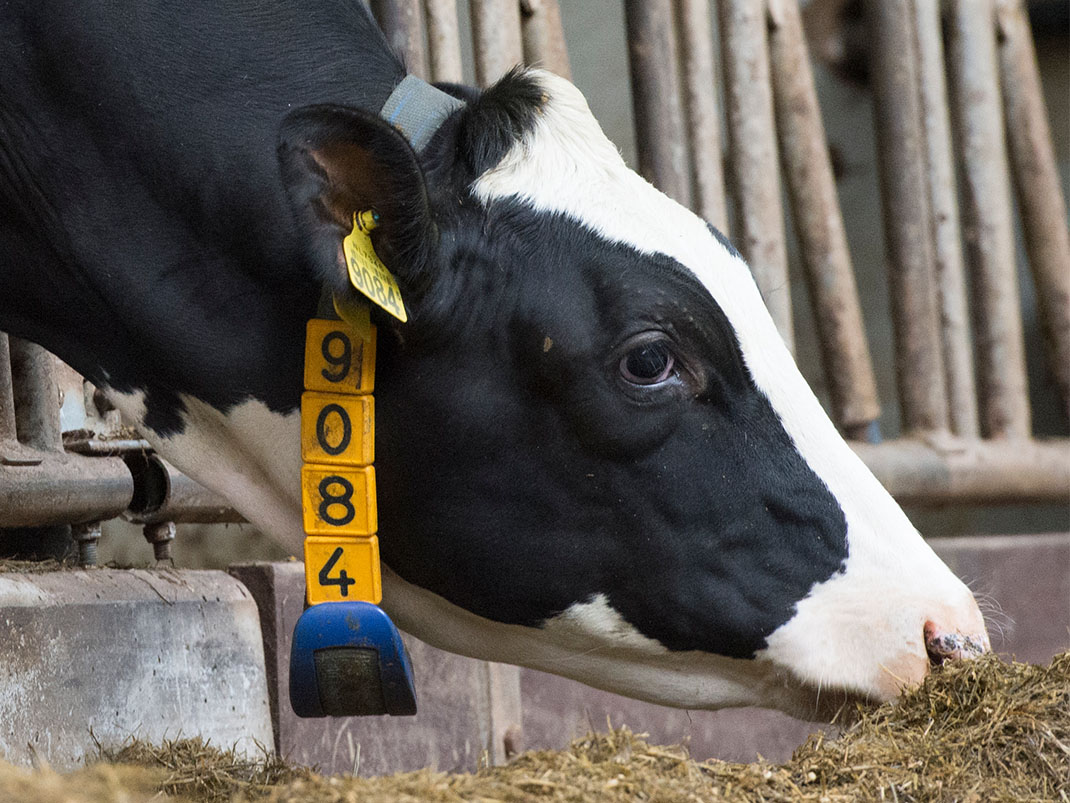
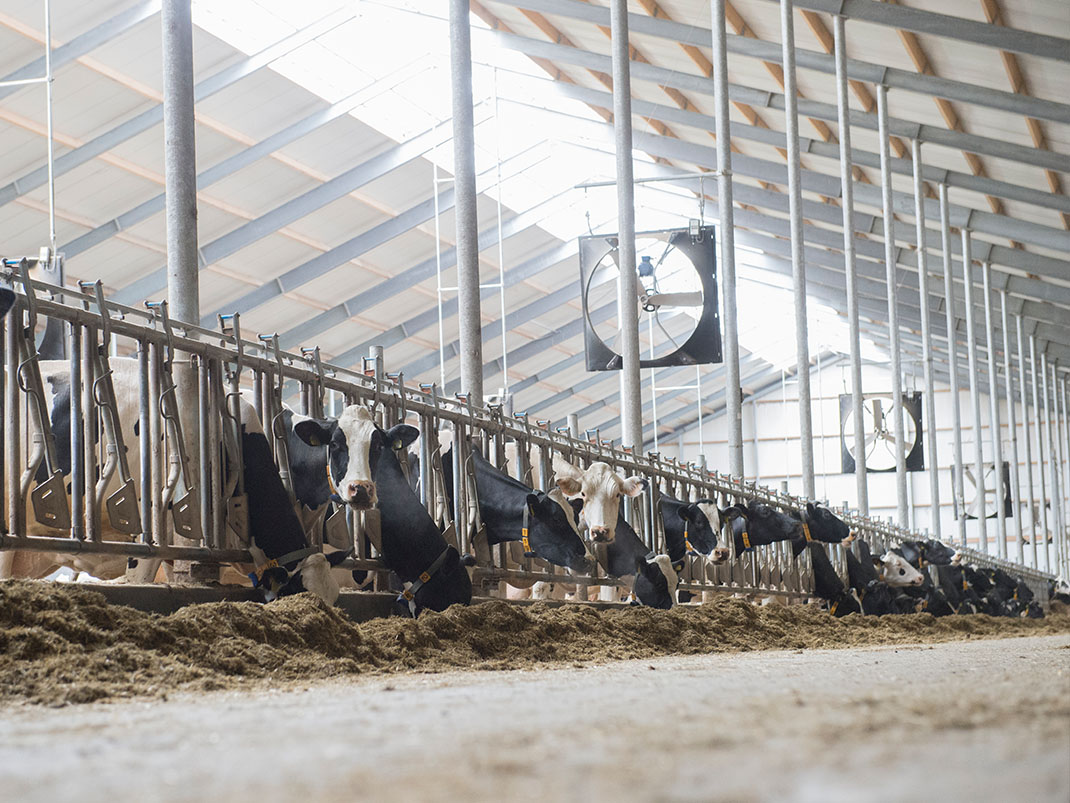
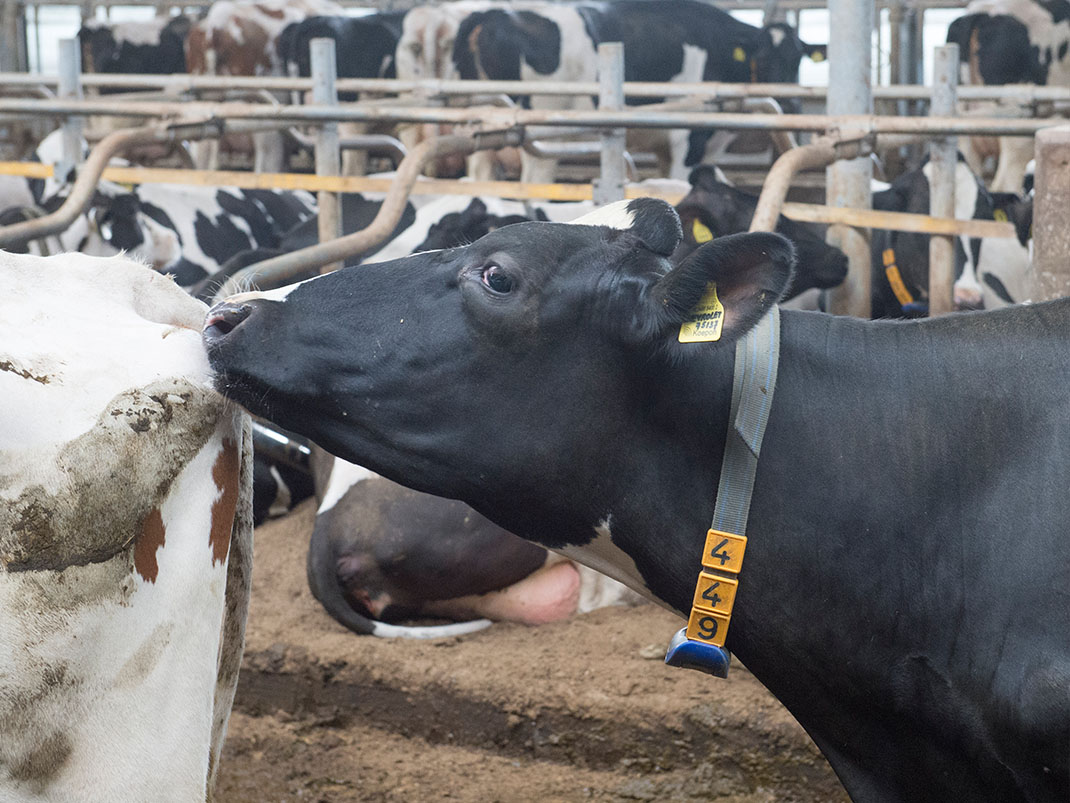
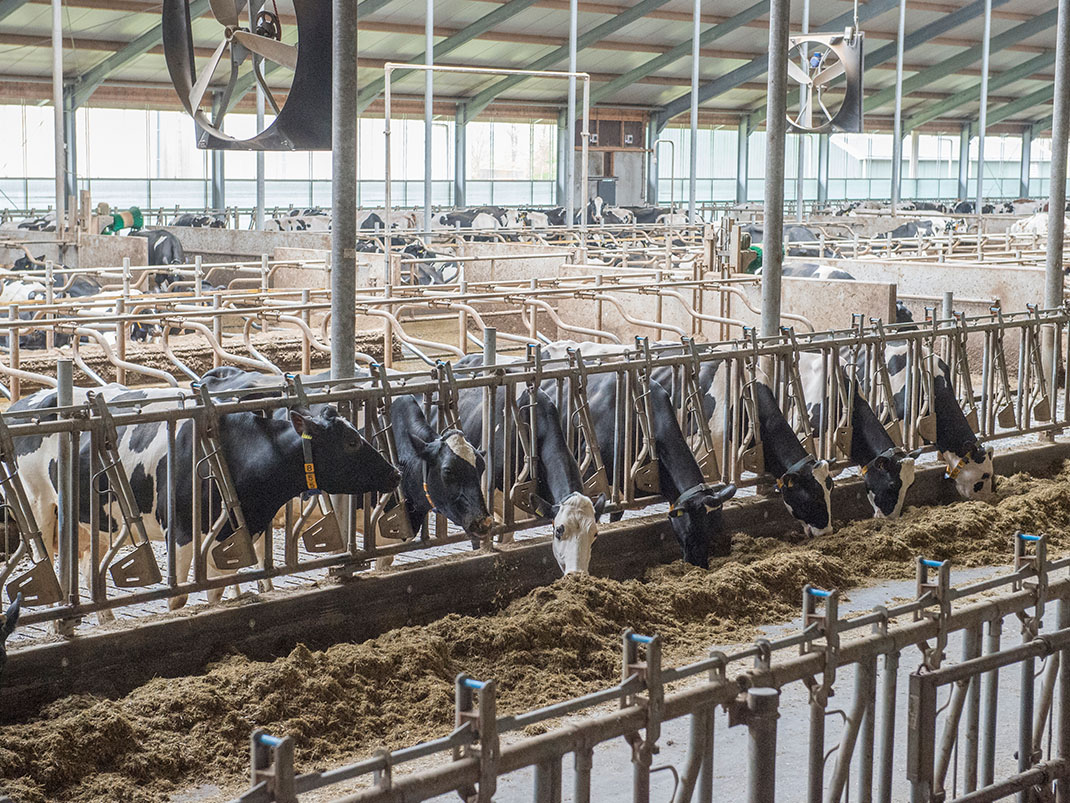
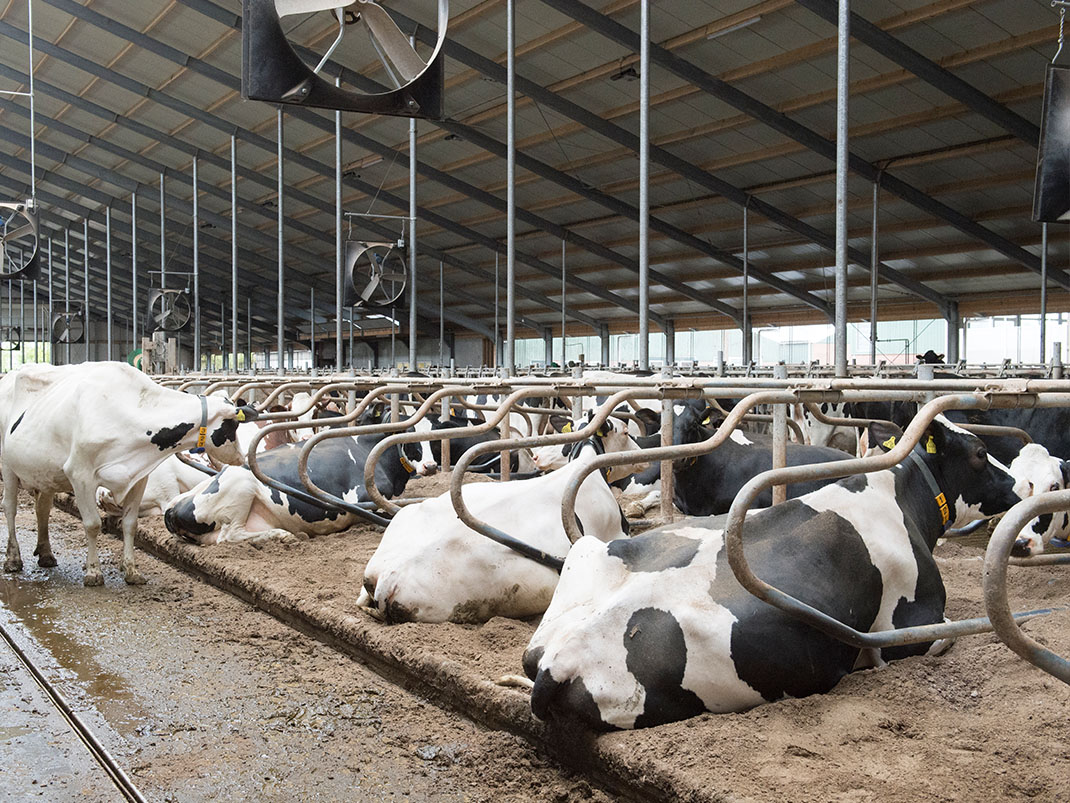
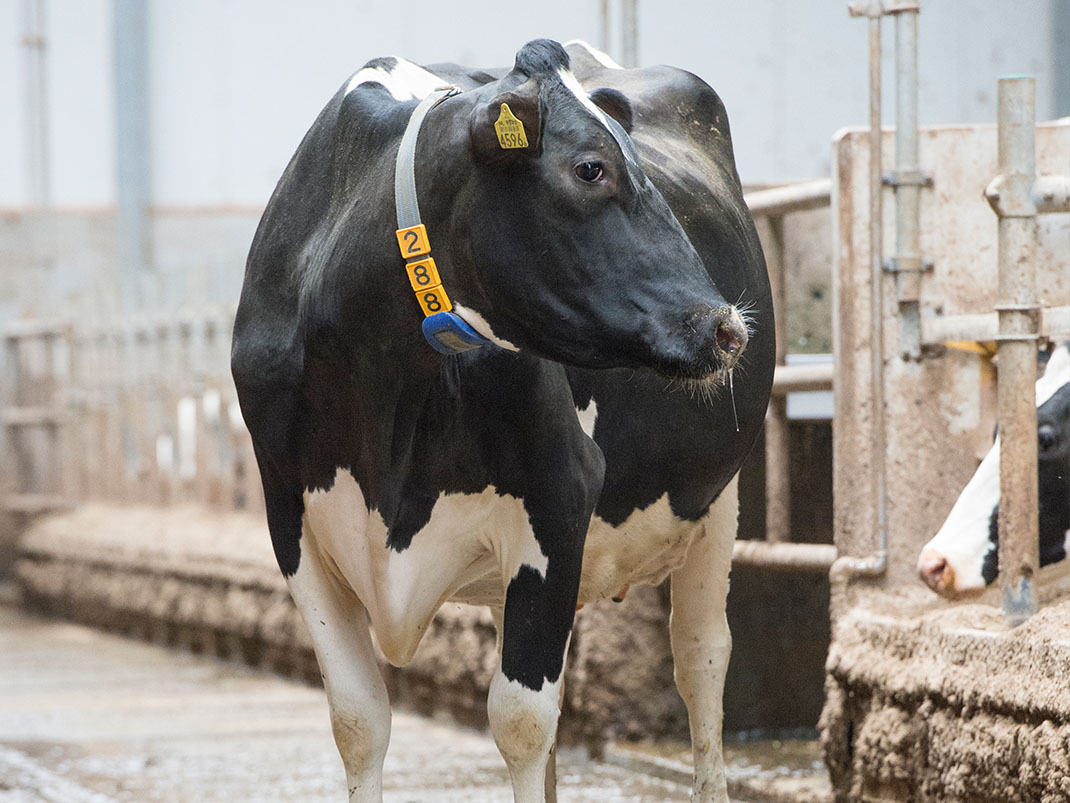
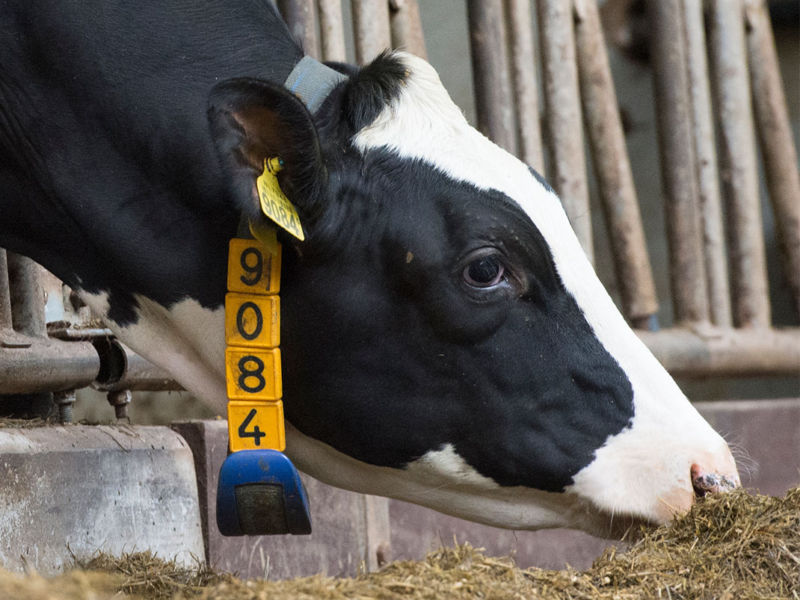





Search results for: ''
There are no results matching your criteria. Please try again with different criteria.